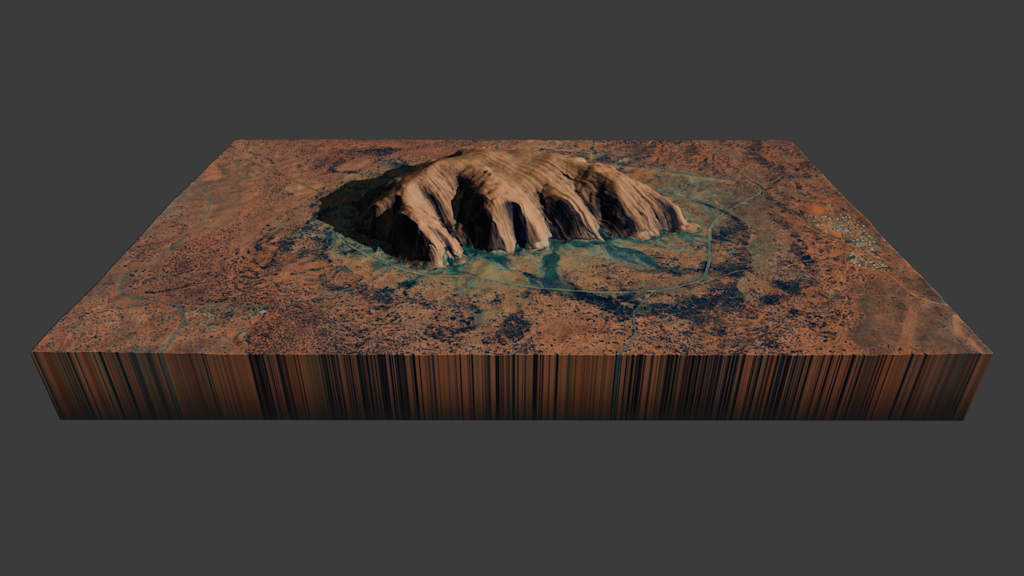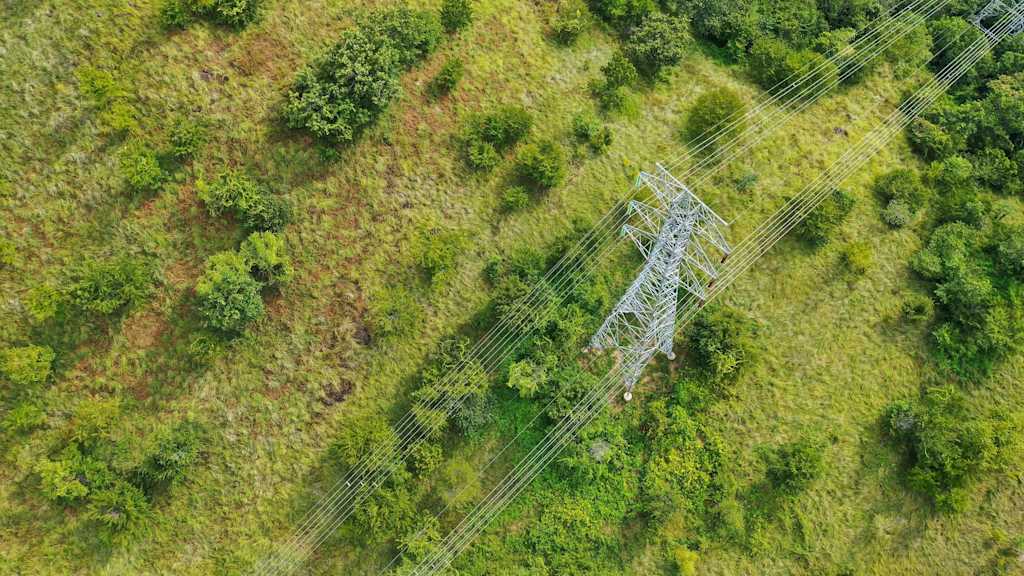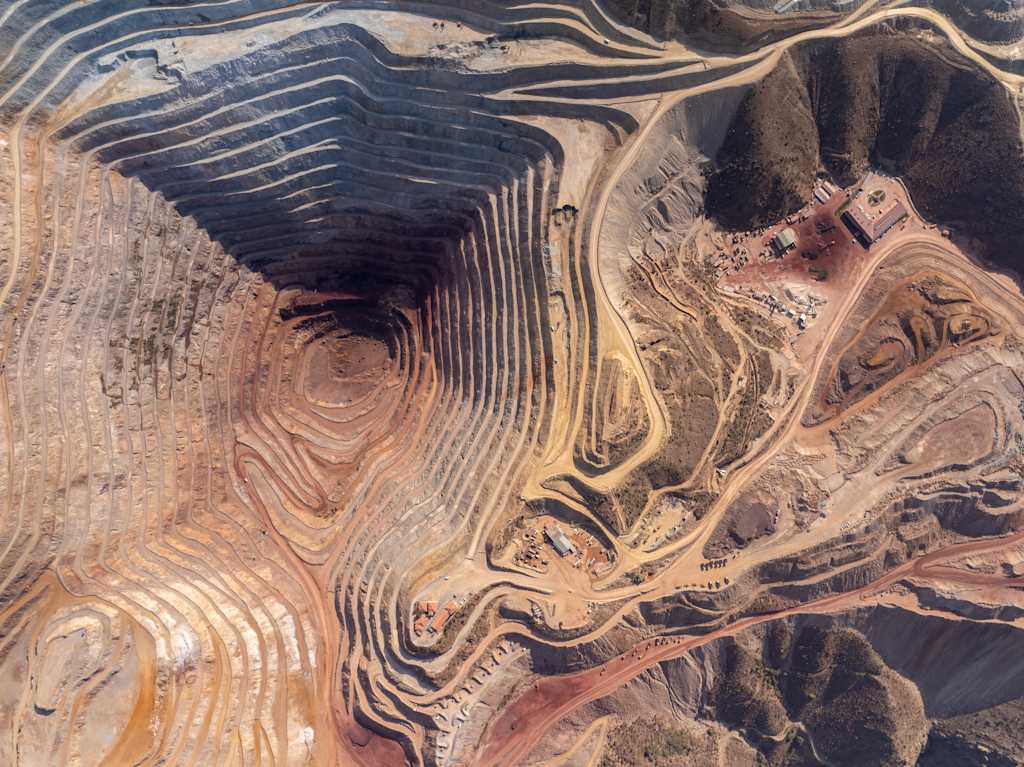Tackling Deforestation in India: Why You Need Satellite Data
Looking at it from a distance, you'd think it was a small forest, and for good reason. It's hard to imagine a single tree with a 4-acre canopy, let alone 3,000 aerial roots.
But this isn't just any tree. It's the Great Banyan tree: the largest Banyan tree in the world. Found in India, it's estimated to be over 250 years old. While the Banyan tree is considered the national tree of India, Indian forests comprise diverse tree species.
India is recognized as a biodiversity hotspot accommodating 7-8% of the world's known plant and animal species. In addition, with 72 million hectares of forested land, it's one of the ten countries with the largest forest area globally.
The problem is, India is losing its forests to deforestation. According to the Global Forest Watch, from 2001 to 2020, India lost 354-kilo hectares of tree cover, a 3.5% decrease since 2000.
Deforestation is the conversion of forested areas to non-forest land use such as arable land, urban use, logged area or wasteland - Food and Agriculture Organization (FAO)
The Forest Survey of India's (FSI's) State Of Forest Report shows a 5188 sq km (0.65%) increase in India's forest and tree cover between 2017 and 2019. Still, only 21.67% of its total geographical area is under forest cover---a shortfall against the 33% envisaged by the National Forest Policy.
Further, given that roughly 275 million people in rural India depend on forests for their livelihood, there's a need for regular monitoring that ensures a balance between development and conservation.
Thankfully, the quality and quantity of remote sensing data has increased, making more data available for deforestation monitoring. This, combined with ground-truthing, can now play a key role in informing deforestation efforts.
 Euroconsult estimates that in the coming decade, 990 satellites will be launched every year (Image from Visual Capitalist)
Euroconsult estimates that in the coming decade, 990 satellites will be launched every year (Image from Visual Capitalist)
In this post, we'll explore how satellite data and analysis help in the fight against deforestation in India, including some tools you can tap into.
But first, let's review some reasons you'd want to use satellites.
Why Use Satellites to Combat Deforestation?
You can't stop deforestation if you can't see it. While traditional methods such as forest guards are one way to "see" deforestation, it's expensive and time-consuming for monitoring extensive areas, let alone stopping deforestation on time.
Satellites, on the other hand, are a more effective tool for deforestation monitoring because:
-
They image vast areas of forest in a short amount of time. For instance, the EarthScanner constellation captures up to 40,000km2 in a single pass, making it ideal for monitoring extensive areas.
-
Their long-term archive observations enable trend analysis of forest cover to inform future decisions. Pléiades satellite constellation, for example, has archive data dating back to 2011 (when it was launched).
-
They enable you to get a dataset covering your area of interest at a specific time by tasking a satellite. For example, with UP42, you're able to commission Pléiades, SPOT, and TerraSAR-X constellations to observe anywhere in the world.
-
They're equipped with sensors that measure the amount and intensity of reflected wavelengths in the electromagnetic spectrum. Vegetation reflectance measurements are used to derive vegetation indices highlighting specific characteristics of vegetation, such as canopy water content and greenness.
 Comparison of wavelength, frequency, and energy for the electromagnetic spectrum. (Credit: NASA's Imagine the Universe)
Comparison of wavelength, frequency, and energy for the electromagnetic spectrum. (Credit: NASA's Imagine the Universe)
In particular, detecting the red and near-infrared wavelengths is vital for computing the Normalized Difference Vegetation Index (NDVI), an indicator of the state and health of trees.
- They offer high temporal resolutions with regular revisits over the same areas, making it faster to detect deforestation.
4 Benefits of Using Satellite Data for Deforestation Monitoring—Plus Processing Blocks You Can Use
Having looked at why satellite data is a more effective tool for monitoring deforestation, let’s discuss a few specific benefits.
Determine Forest Extents Using Accurate Land Use Land Cover Maps
 Image showing classified imagery output from land cover classification
Image showing classified imagery output from land cover classification
An accurate forest boundary is essential. It's the foundation for sustainable forest management: from planning and analysis to change detection and deforestation monitoring.
Undertaking forest boundary mapping using ground sampling techniques is costly and time-consuming, not to mention impossible in some areas. Moreover, it may yield inaccurate results.
A far better alternative is using satellite observations. Specifically, extracting forest extents from land-use land-cover (LULC) maps generated from satellite imagery.
Processing algorithms quickly generate LULC maps at scale. For example, by applying a deep learning AI land classification model to Sentinel-2 weekly imagery, Impact Observatory produced a 10 class LULC map of the planet---in under a week.
Another great tool is land lines image segmentation. This outlines major land cover classes, vegetation management zones, and natural land surface features using several GeoJSON polygons of a specific size. For example, using freely available Sentinel-2 multispectral satellite imagery at 10-meter resolution, each land line polygon segment is between 8 to 10 hectares. This means that a single class could be delineated by several adjacent polygons. The output linework is therefore helpful as input for feature classification workflows.
Detect Changes Faster, Leading to a More Rapid Response
 Pre-vent and post-event images and the output deforestation heatmap from the deforestation mapping
Pre-vent and post-event images and the output deforestation heatmap from the deforestation mapping
Statistics by the Global Forest Watch show that since the year 2000, logging has been the primary driver of deforestation in India. With India's forests making up 1.8% of the earth's total forests, satellites provide the means to view this vast area regularly.
Satellite data is beneficial in two ways:
-
Mapping deforested areas over time and identifying hotspots: Analysis of high-resolution archive imagery uncovers trends and predicts areas prone to illegal deforestation.
-
Spotting and stopping illegal logging in the identified hotspots: Use of frequent satellite observations and fast data analysis for near-real-time detection in hotspots.
One way to minimize detection and response delays in hotspots is by using data from satellite constellations such as Pleiades and SPOT which can take one image of the same location every 24 hours.
Another way is to commission a satellite. This is only feasible for specific hotspot areas which require closer monitoring or where you encounter sizable gaps because of heavy cloud cover. Satellite tasking enables you to request imagery for a specific area and time with minimal cloud cover.
Getting imagery is one thing, processing the data is another.
To gain insights into the level of deforestation in your area, you need to process the imagery–fast. Algorithms that help with deforestation mapping mean that you quickly interpret imagery, saving you time.
Measure Tree Heights Remotely and Track Carbon Emissions
Tree height is an attribute of forest inventories. More importantly, tree height is a key parameter when computing tree biomass.
So, why is tree biomass computation important?
It's used to compute the amount of carbon stored in forests and, subsequently, accurately estimate carbon emissions when deforestation and forest degradation occur.
From 2001 to 2020, India lost 1.93 million hectares of tree cover, leading to the release of 951 megatons of carbon dioxide.
Global Forest Watch
Tree height measurement, therefore, provides a sound background for measuring, reporting, and verifying carbon emissions for programs such as REDD+ (reducing emissions from deforestation and forest degradation).
But carbon emission tracking isn’t the only application of tree height measurements. It’s also applicable for tracking the growth of restored trees. For example, tracking India’s restored forests under the Bonn Challenge.
Take advantage of Spacept’s tree detection algorithms and extract tree heights from your imagery. The tutorial below shows the quick process to do this on UP42.
Monitor Forest Fires and Measure the Severity of Damage Caused
Forest fires are a driver of deforestation in India. According to Global Forest Watch, so far in 2021, 2.8 million hectares of land have burned---an unusually high number compared to previous years.
The major problem is that traditional fire fighting methods and equipment are inadequate for fighting these fires.
The application of satellite technology is therefore critical for:
-
Early detection and control of forest fires
-
Monitoring the impact of fires
-
Developing emergency rehabilitation and restoration plans (post-fire)
How does satellite technology come in?
Short Wave Infra-Red (SWIR) wavelengths can see through thick smoke clouds of active fires on the ground. Thus, analysis of satellite images that have the SWIR band makes it possible to locate forest fires. Aiding the subsequent response efforts.
FAQs
Why Should I Use the UP42 Platform?
Because our platform removes one major challenge from your workflow: discovering and accessing high-quality geospatial data. We have a vast library of high-quality satellite imagery to choose from.
We've also sourced an array of geospatial data analytics algorithms, enabling you to access and analyze data in one place on our scalable infrastructure.
How Much Does It Cost to Use the Platform?
Since we employ a credit system, you only pay for what you use. Further, you'll receive a credit usage estimate automatically–on the job configuration screen–before running a job. For full price transparency, we break down the estimate into data and processing block components.
I Want to Access and Analyze Data. Where Do I Start?
Start by signing up and begin exploring today.




